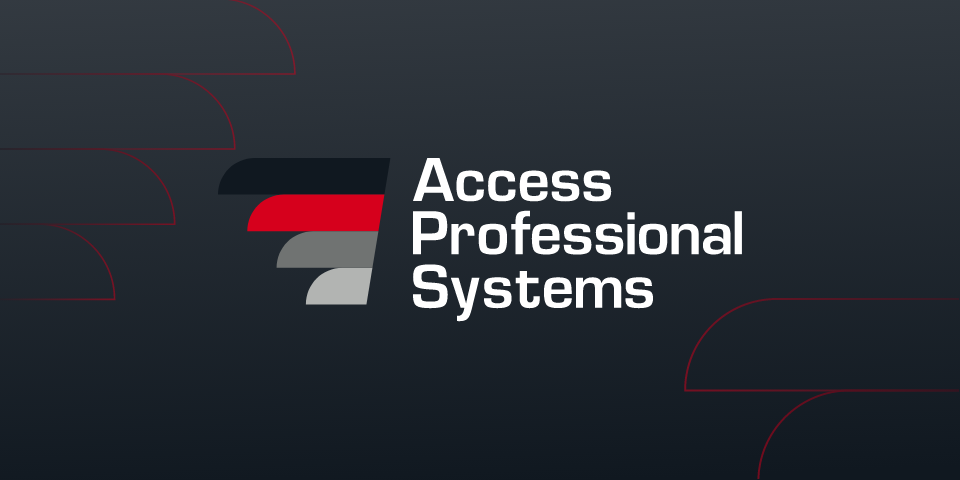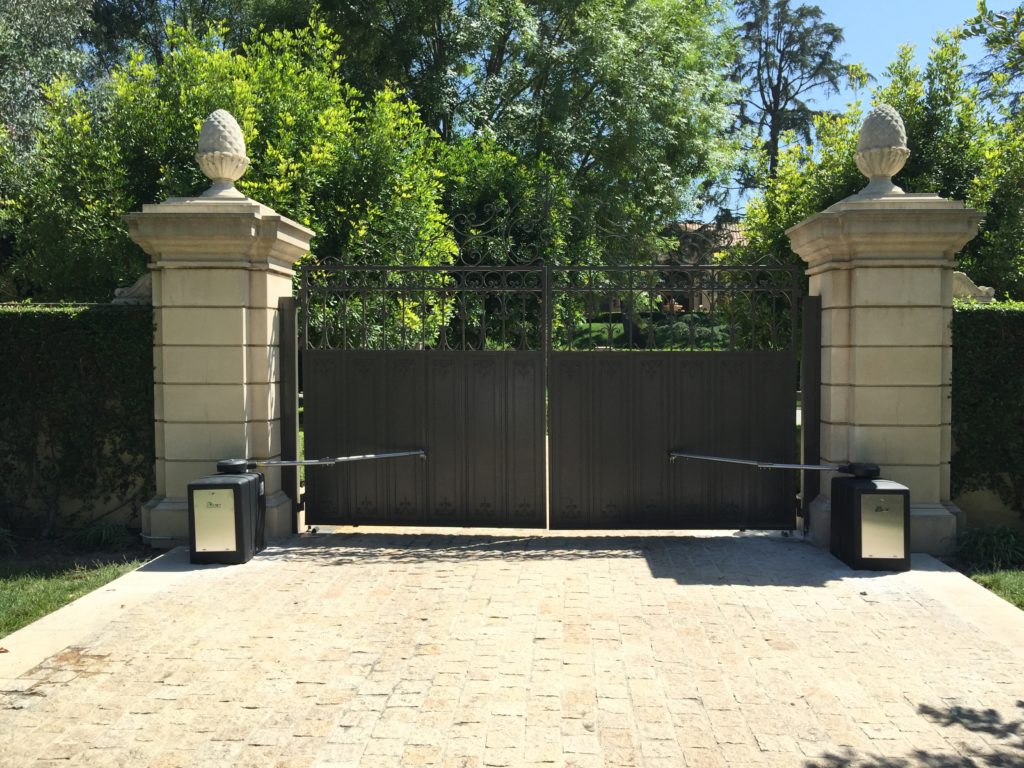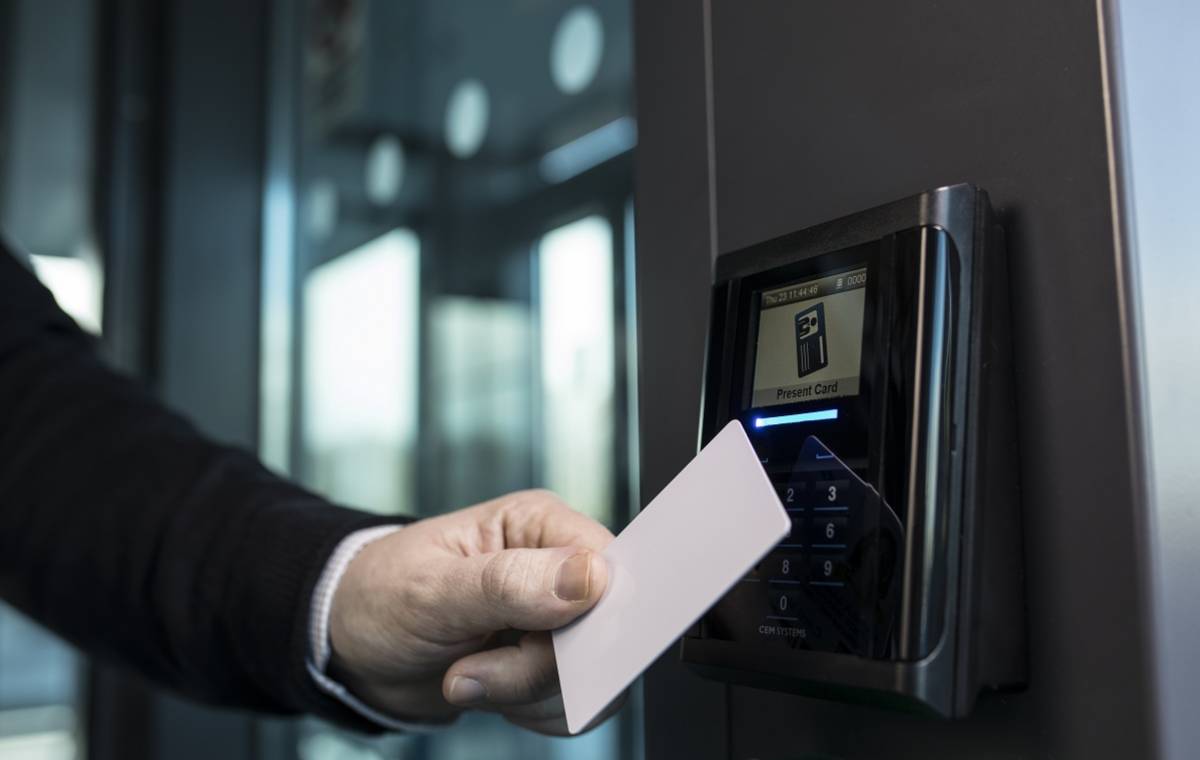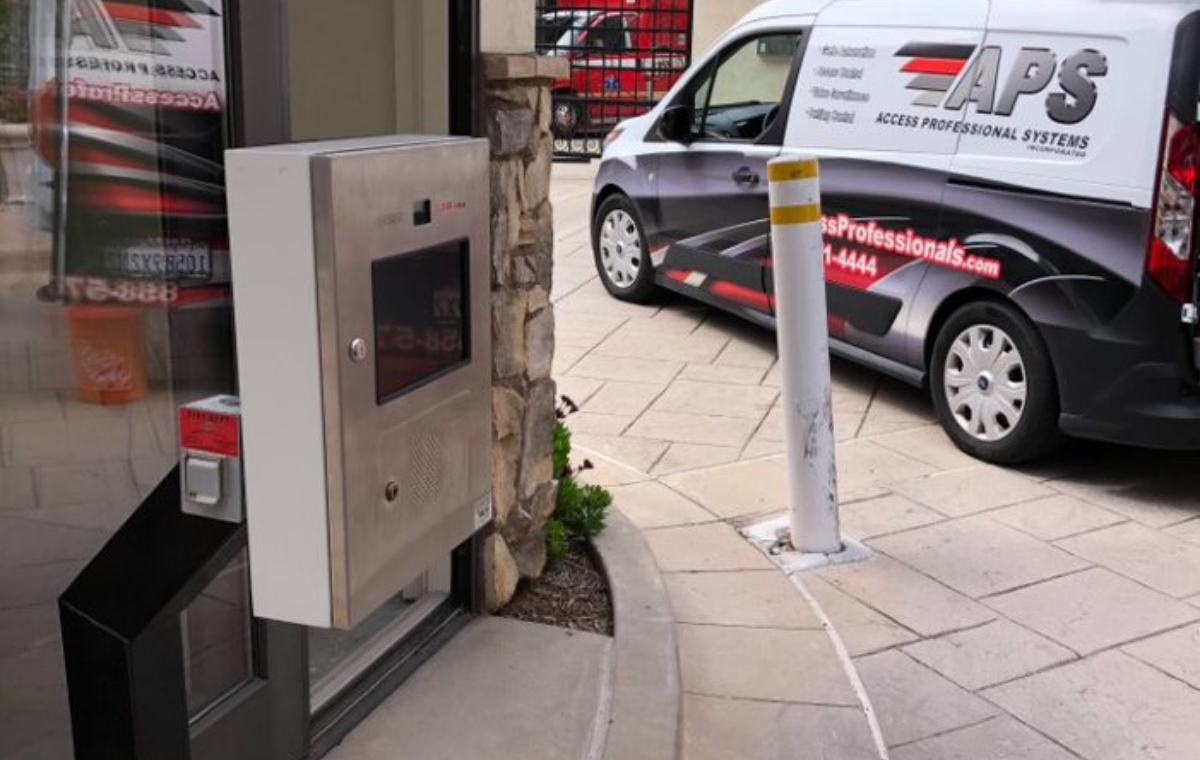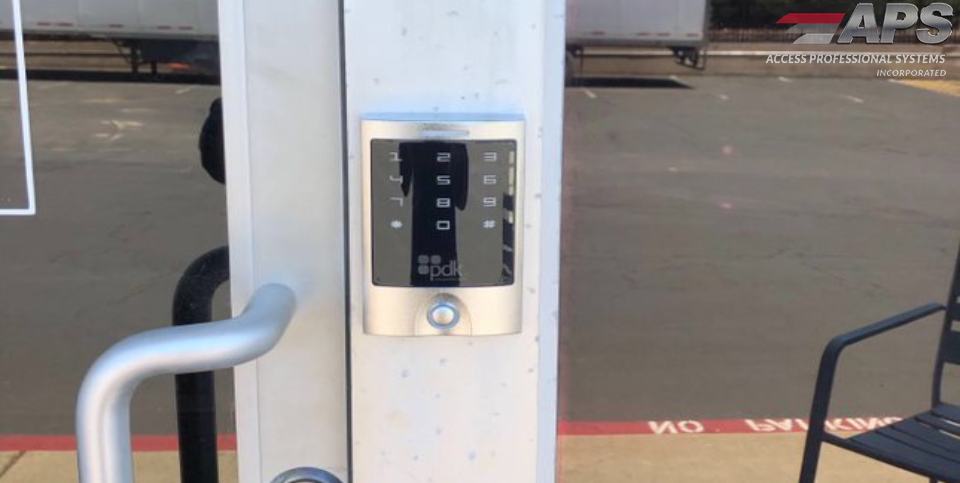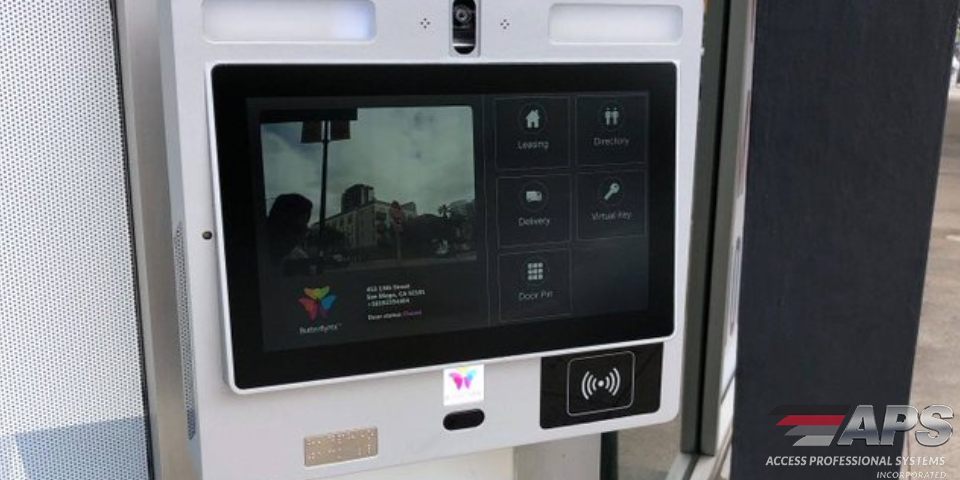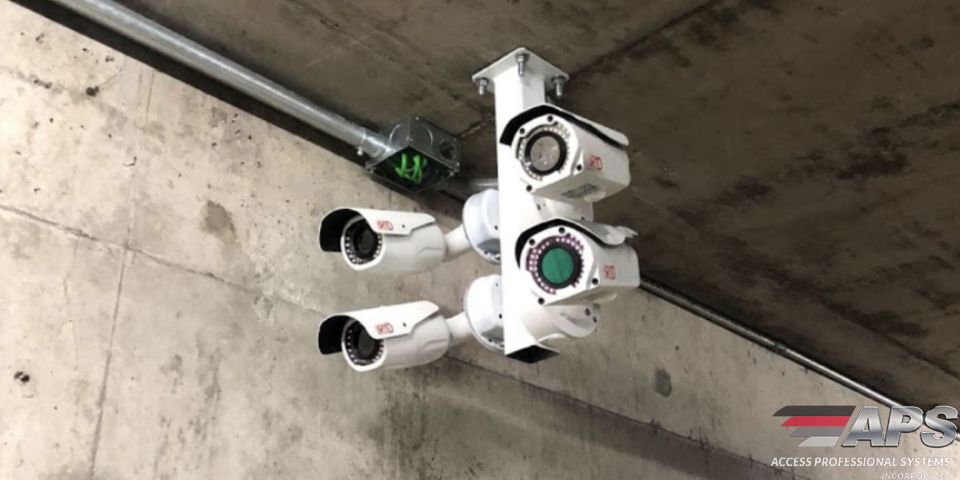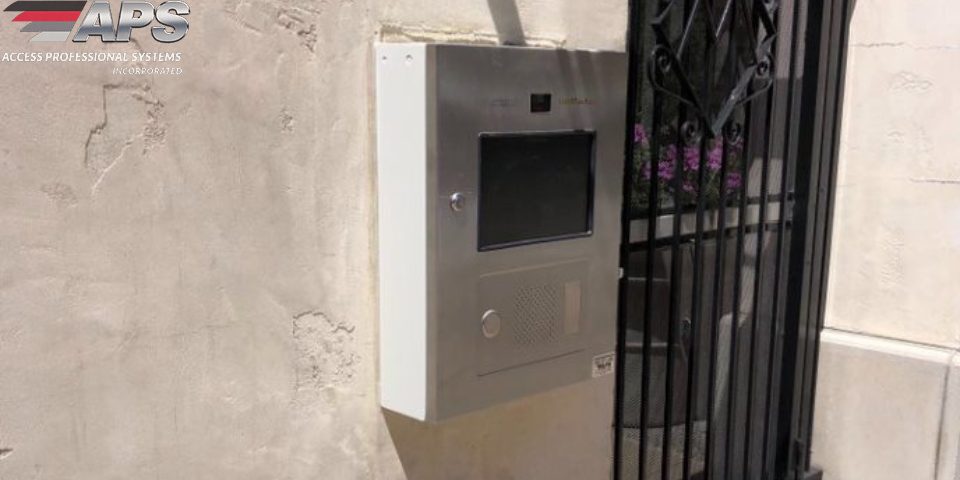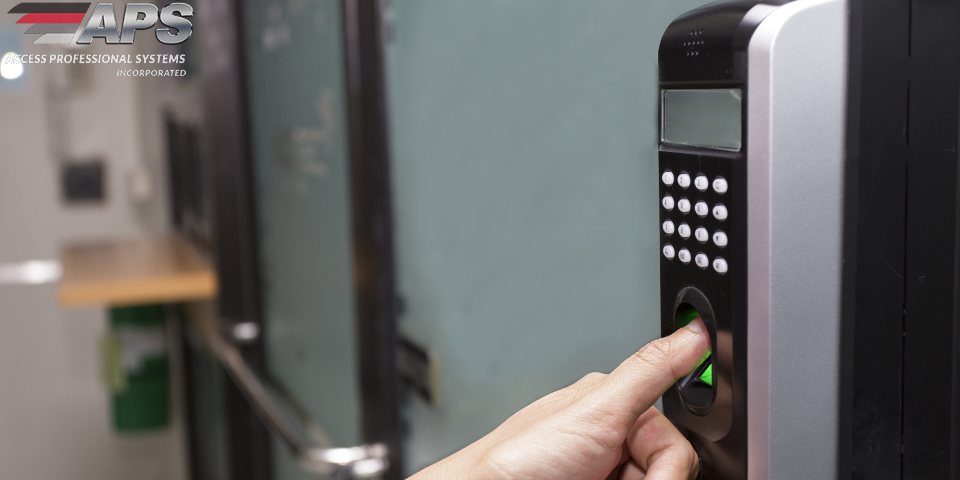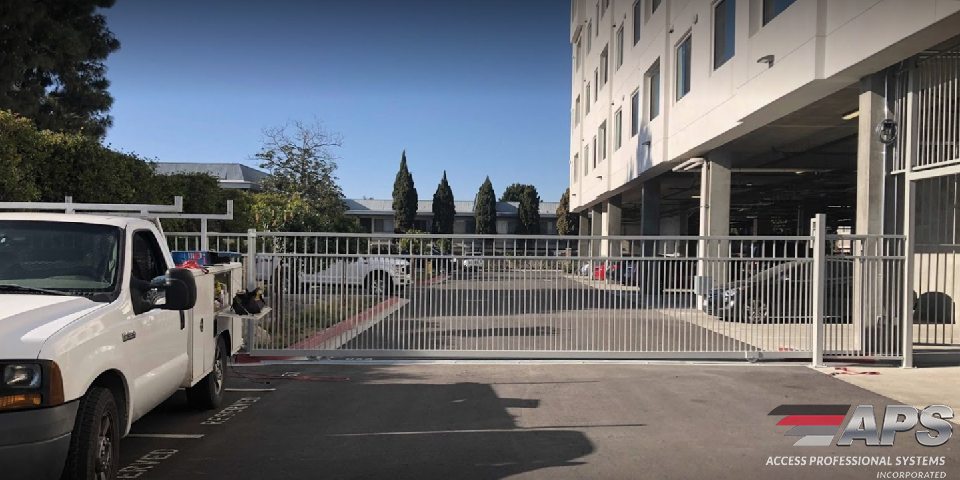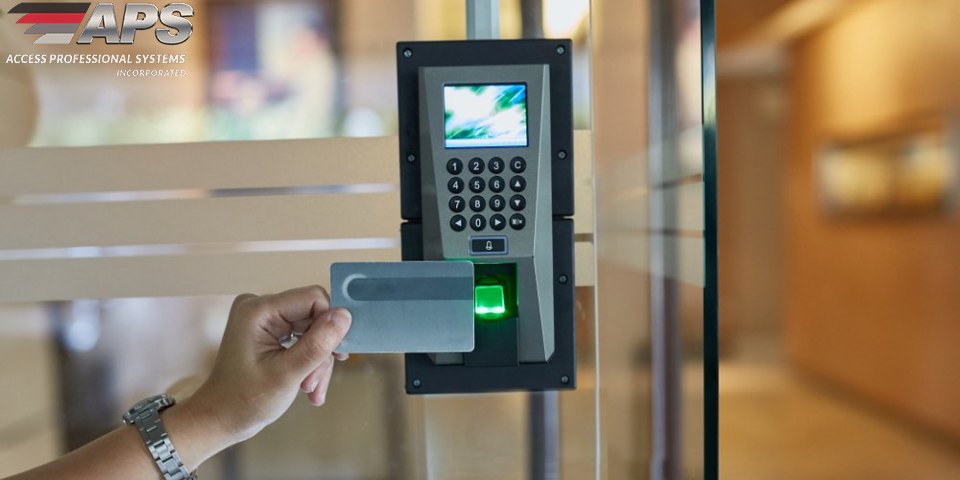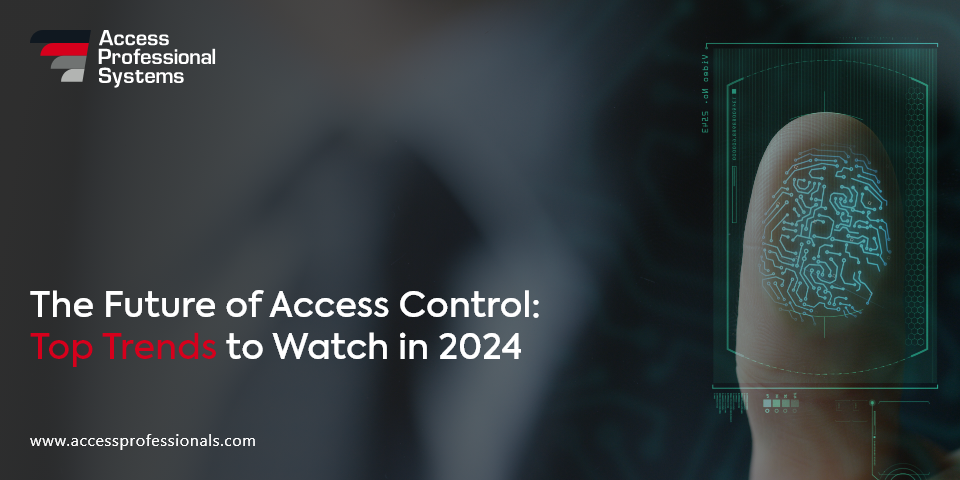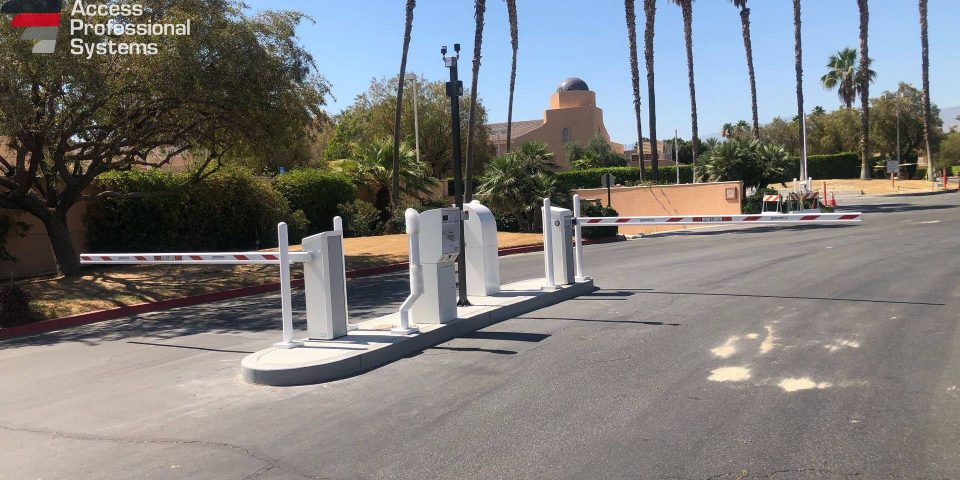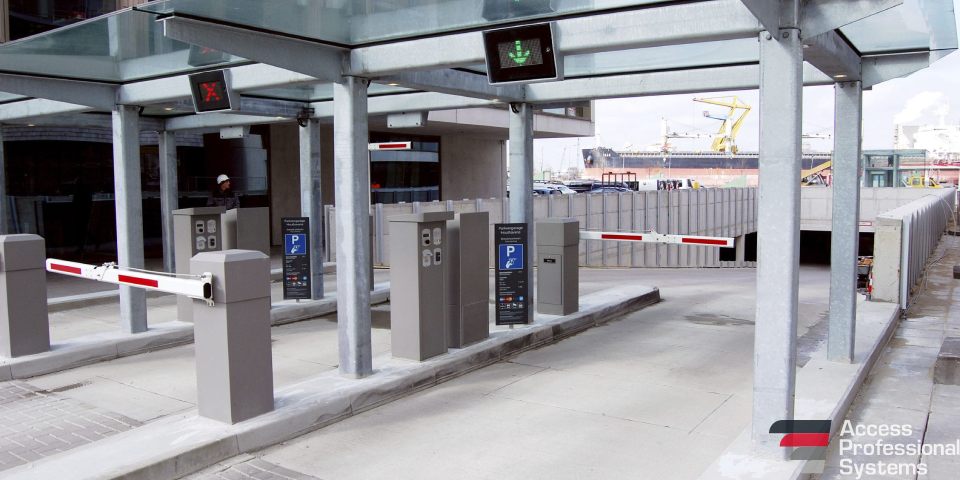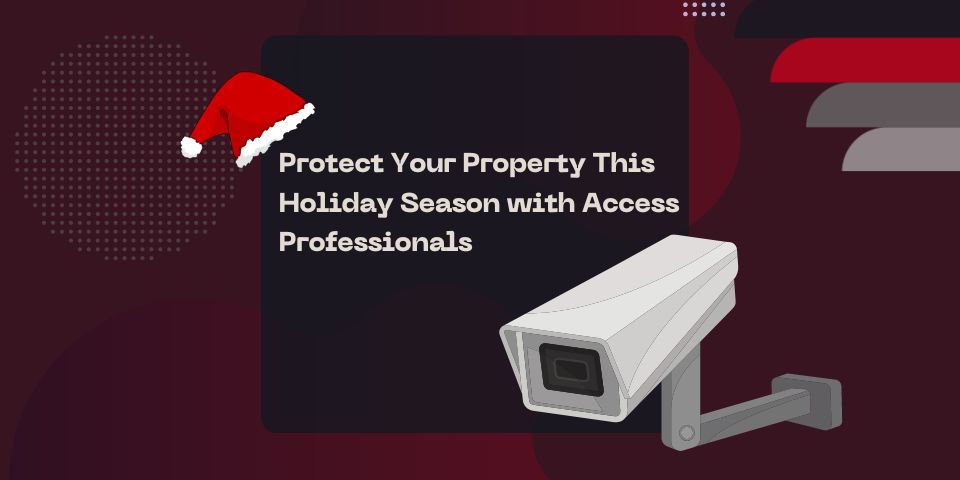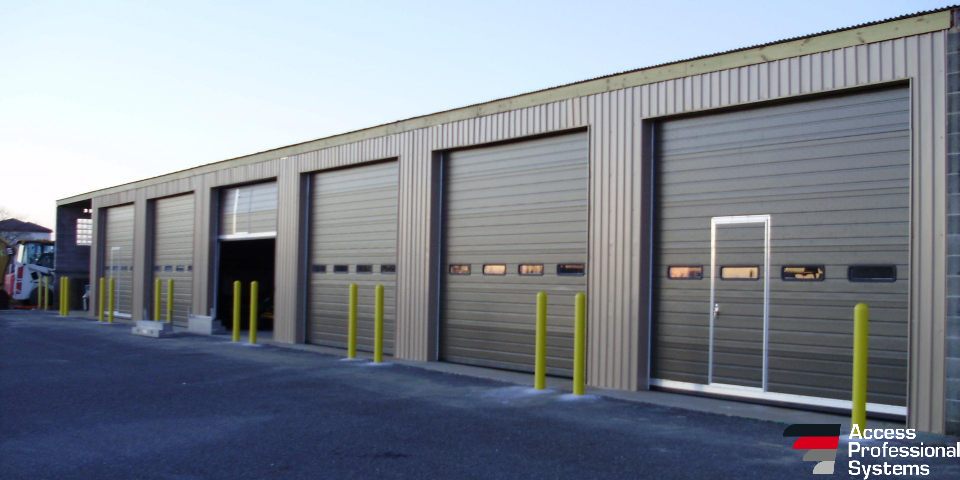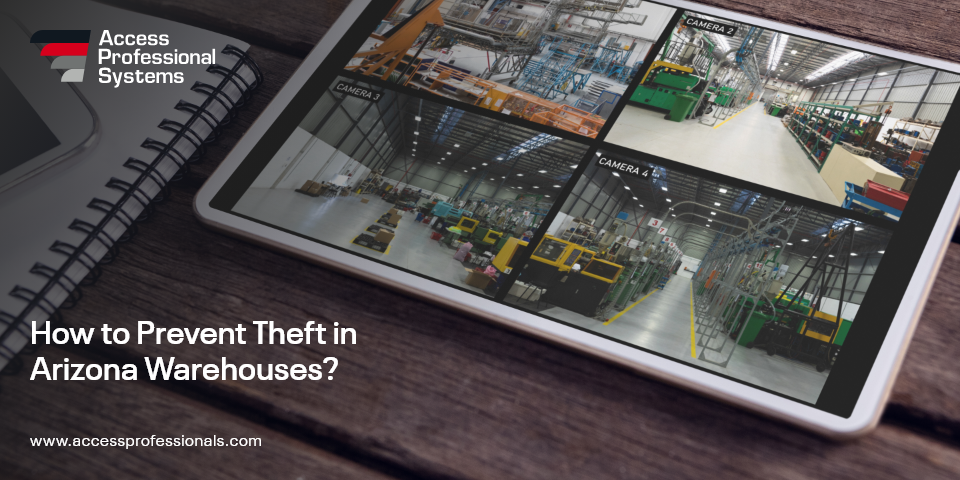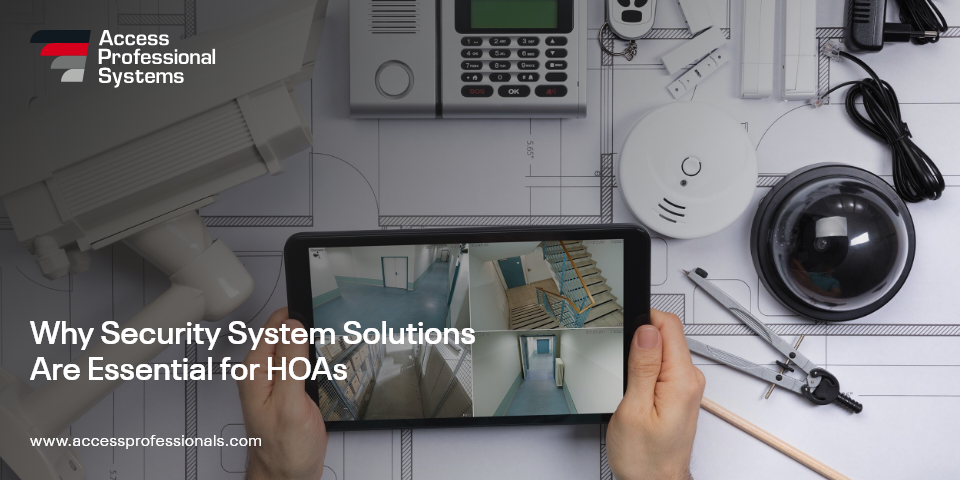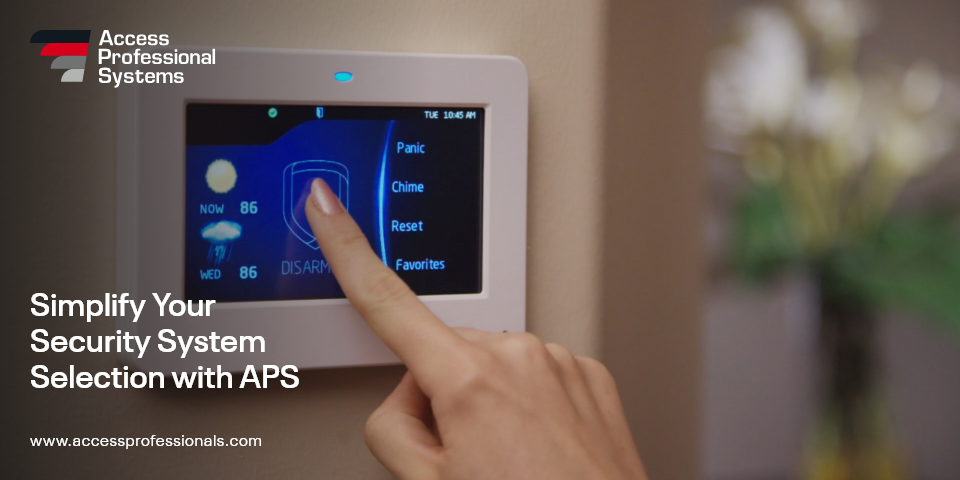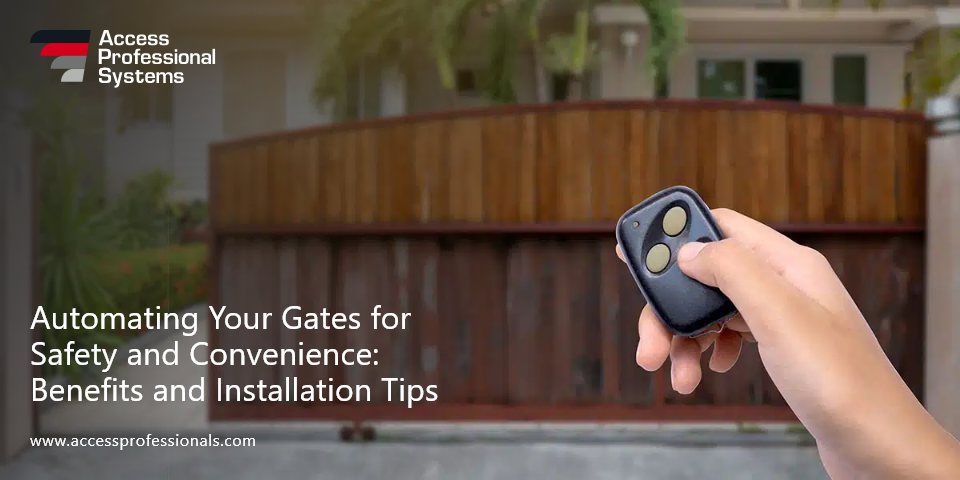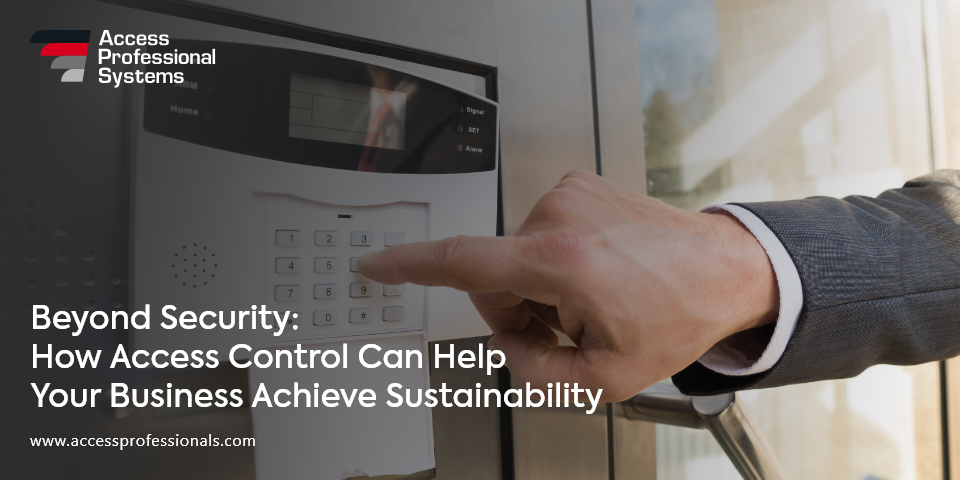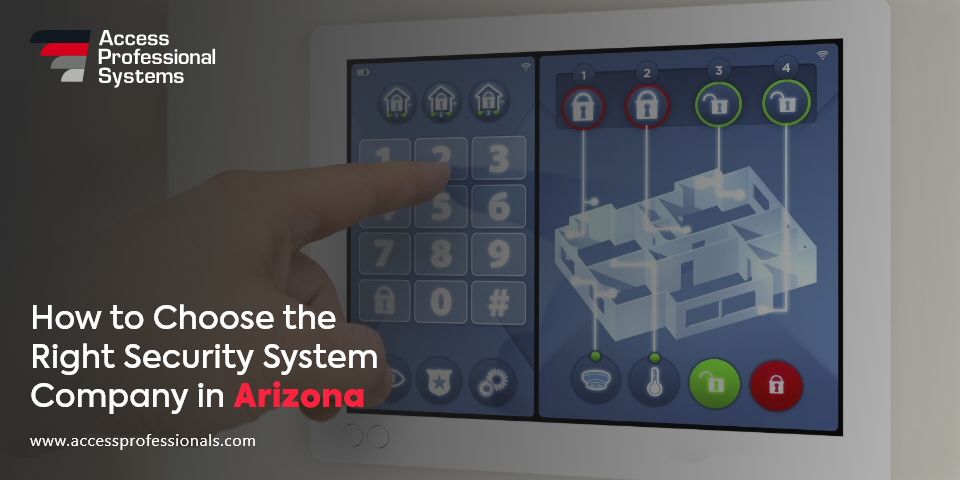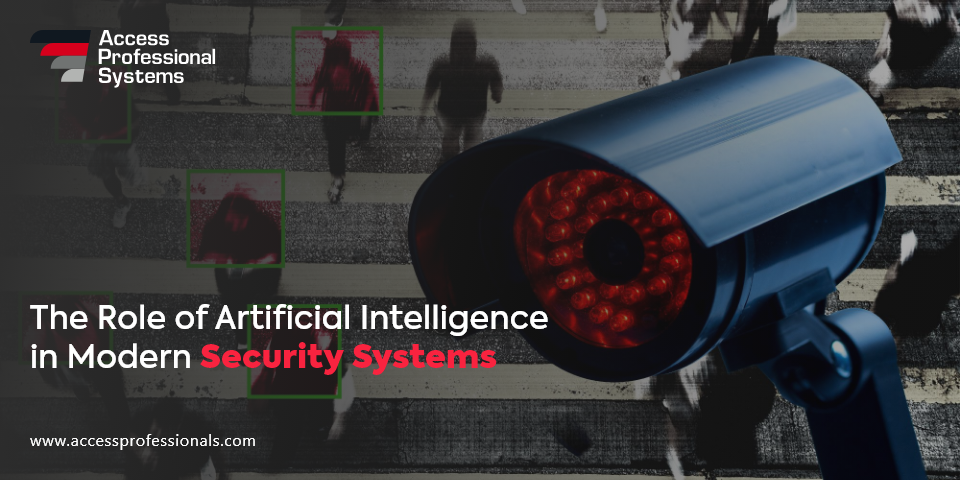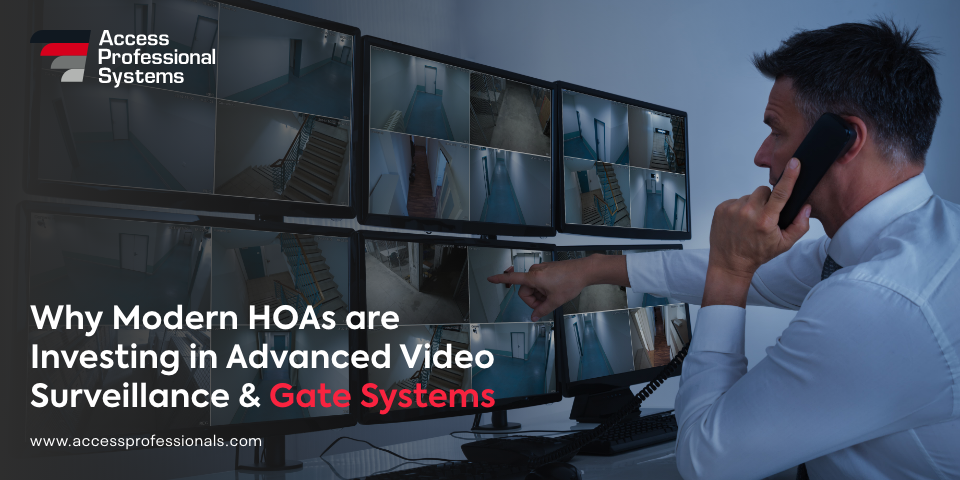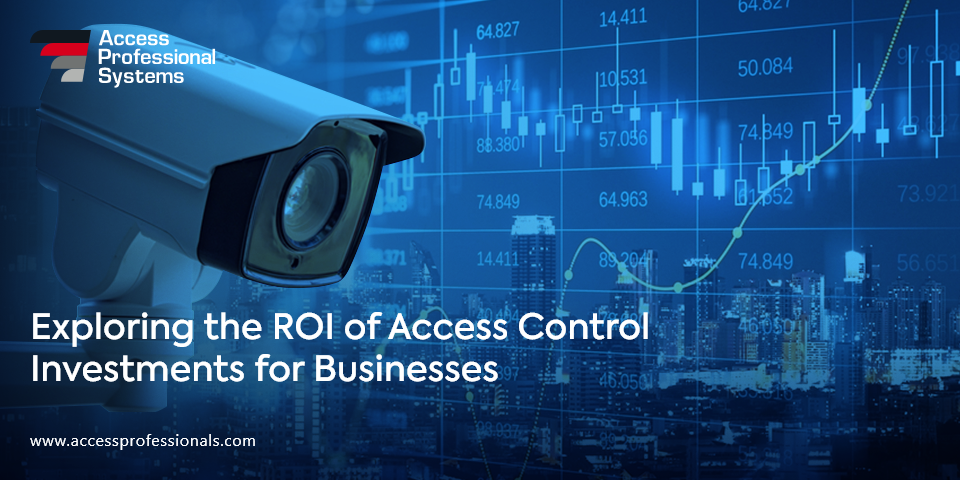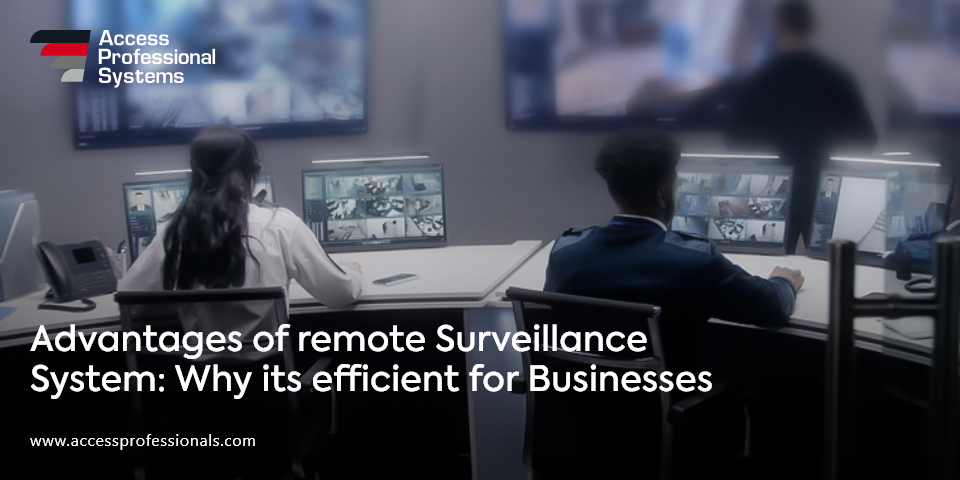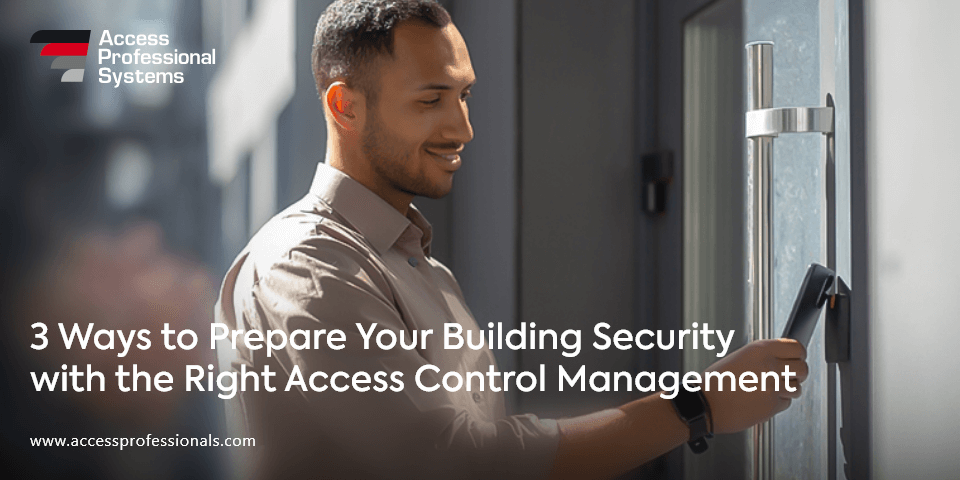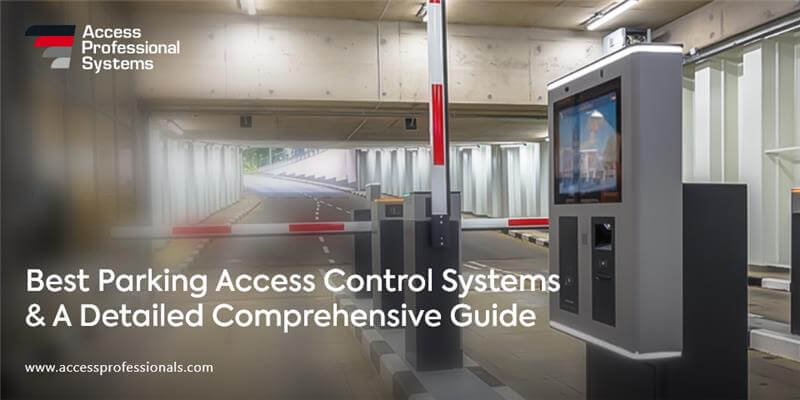
Cloud-Based vs. On-Premise Access Control Systems: Which Is Right for You?
Imagine: An employee loses their key card, and now an unauthorized person has potential access to your business. Or worse, a security breach occurs, and you cannot monitor who entered restricted areas. The stakes are high when it comes to access control, and choosing the right system can make all the difference.
Businesses nowadays must decide between cloud-based and on-premise access control systems, two powerful solutions that impact security, scalability, and overall efficiency. But which one is best for you?
This guide will help you weigh the pros and cons of cloud-based vs. on-premise access control, giving you the insights you need to make an informed decision for your company.
Understanding Access Control Systems
Access control systems regulate and monitor who can enter specific areas within a facility. This enhances security, streamlines operations, and reduces unauthorized access risks. The two main types of access control are:
1. On-Premise Access Control Systems
With on-premise access control, all hardware, software, and data are stored on-site within the organization’s premises. Businesses completely control security measures, software updates, user log in/permissions, and system modifications.
2. Cloud-Based Access Control Systems
A cloud-based access control system stores data on remote servers, managed by a third-party provider. Users can access and manage permissions from any internet-connected device, making remote administration easy. Cloud services simplify access control management by reducing hardware limitations and minimizing hassle.
Cloud-Based vs. On-Premise Access Control: Pros and Cons On-Premise Access Control: The Traditional Choice
Pros of On-Premise Access Control
- Greater Control Over Data – Since all information is stored in-house, businesses maintain full control over their security infrastructure and data privacy.
- Not Dependent on Internet – Because the system operates locally, it remains functional even if the internet goes down.
- High Level of Customization – On-premise solutions can be tailored to specific business needs, providing flexibility in security configurations.
Cons of On-Premise Access Control
- High Initial Costs – Businesses must invest in physical infrastructure, including servers, software licenses, and maintenance.
- Requires In-House IT Management – Keeping the system secure and updated requires dedicated IT resources, increasing operational costs.
- Limited Scalability – Expanding the system may involve additional hardware and costly system upgrades.
- Hardware Reliability – An on-premises solution risks hardware failure and potential data loss, depending on the backup configuration.
Cloud-Based Access Control: The Modern Alternative
Pros of Cloud-Based Access Control
- Lower Upfront Costs – Cloud-based solutions operate on a subscription model, reducing initial capital expenditure.
- Automatic Updates and Maintenance – The service provider manages software updates, security patches, and system maintenance.
- Remote Access and Management – Admins can adjust permissions, review entry logs, and monitor security remotely from any device.
- Easy Scalability – Cloud-based access control allows businesses to add new locations, employees, or integrations without significant investments.
Cons of Cloud-Based Access Control
- Dependent on Internet Connectivity – If the internet goes down, access control functions may be limited unless there are offline backup features.
- Recurring Subscription Fees – Monthly or annual costs can add up over time, potentially exceeding the one-time investment of an on-premise system.
- Data Stored Off-Site – Sensitive access data is stored on third-party servers, which may raise privacy concerns for some businesses.
Factors to Consider When Choosing an Access Control System
To determine whether cloud-based or on-premise access control is the best fit for your business, consider these essential factors:
1. Budget and Cost Structure
- If your business prefers a one-time investment and has IT resources, an on-premise system may be ideal.
- If you want lower upfront costs and are comfortable with subscription-based pricing, a cloud-based solution might be the better choice.
2. Scalability Needs
- Cloud-based access control is best suited for businesses planning to expand or manage multiple locations remotely.
- On-premise solutions can be more challenging to scale and often require costly upgrades.
3. IT Resource Availability
- On-premise access control requires dedicated IT personnel to maintain security updates and system operations.
- Cloud-based access control is managed by the provider, reducing the need for in-house IT maintenance.
4. Security and Compliance
- Organizations handling highly sensitive data (e.g., healthcare, finance) may prefer on-premise access control for complete data sovereignty.
- Cloud-based access control providers implement strong cybersecurity measures, but businesses must ensure compliance with industry regulations.
5. Remote Management Capabilities
- If your business requires remote access control, real-time monitoring, and easy integration with other security systems, a cloud-based solution is the better option.
- On-premise access control is ideal for businesses that require local management without remote access needs.
Which One Is Right for You?
Choose On-Premise Access Control If:
- You need full control over data storage and security.
- Your business doesn’t rely on internet connectivity for daily operations.
- You have an IT team to handle system maintenance and updates.
- You prefer a one-time investment over ongoing subscription fees.
Choose Cloud-Based Access Control If:
- You need remote access and management from anywhere.
- Your business is growing or has multiple locations that require a centralized access system.
- You lack in-house IT resources and prefer automatic updates and maintenance.
- You want scalability and flexibility without heavy infrastructure investment.
Final Thoughts: Making the Right Choice
Both on-premise and cloud-based access control systems have their advantages, and the right choice depends on your business’s specific needs. If you require data control, in-house management, and a one-time investment, an on-premise system might be the best fit. However, if you need scalability, remote access, and minimal maintenance, a cloud-based solution is the way to go. At Access Professional Systems (APS), we provide tailored cloud-based and on-premise access control solutions to fit your unique business requirements.
Contact us today to find the best security solution for your organization.
Share:
